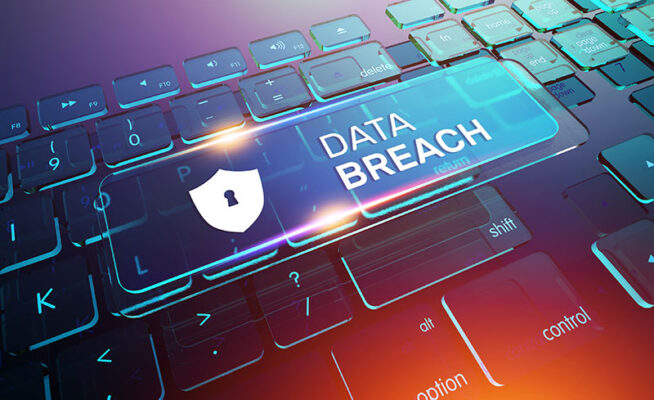EU RED Cybersecurity Requirements: What You Need to Know
By Enrico Milanese
April 22, 2025
By Enrico Milanese
April 22, 2025
Estimated reading time: 8 minutes
The Internet of Things (IoT) changes how we interact with technology. We expect connectivity and convenience in daily life. However, this increase in connectivity also comes with security risks.
The European Union set new cybersecurity requirements through the Radio Equipment Directive (RED) to reduce these risks. Businesses across industries must do more than keep up with regulations — they must get ahead. The right IoT partner is crucial for security and long-term success.

In January 2025, the European Commission incorporated EN 18031, “Common security requirements for radio equipment,” as a harmonized standard under RED.
This mandates that all radio equipment must comply with the cybersecurity requirements in these articles:
These requirements apply to devices that incorporate radio technology and connect to the internet. Affected devices could include:
The standards were to be finalized in August 2024. However, delays moved implementation to August 2025. Regardless, manufacturers and IoT solution providers must prepare now.
The EN 18031 standards focus on the concept of “asset” as a critical parameter or function that must be protected. They establish several requirements that the final manufacturers must satisfy.
These requirements are grouped in the following areas:
Different security requirements could apply to the final application, depending on:
Compliance with these cybersecurity regulations will be mandatory for all European radio equipment approvals. It is a critical consideration for companies that operate or sell to the EU market. However, compliance is only one part of the IoT security story.
RED marks a significant milestone in product security for the European market. It establishes formal, mandatory security requirements for connected devices. The aim is to protect networks and safeguard personal data to prevent fraud. Many industry stakeholders view mandatory cybersecurity provisions as a positive step toward standardizing security in the EU market.
Despite this security cornerstone, cyberthreats remain. Standards struggle to account for new threats and evolving risk scenarios. Meeting EU RED cybersecurity regulations is the first step toward true IoT security.
Compliance sets the foundation, but each final application is different. Risks and threats to embedded systems depend on the application and use case. They can vary from one application to another.
Horizontal regulations and compliance frameworks fail to capture the security challenges and risks of each final application. Manufacturers and value chain stakeholders must assess specific threats and implement tailored security measures. This approach mitigates product-specific vulnerabilities and related risks.
True IoT security extends beyond regulations. Our security by design and life cycle support are two principles that ensure a stronger cybersecurity position.

Secure solutions are must-haves for business across industries. Our security by design approach integrates security into every aspect of the product development process. This includes:

IoT devices often have long lifespans, sometimes operating for a decade or more. During this time, new vulnerabilities may emerge. They require swift action to maintain security. Comprehensive life cycle support includes:
When selecting an IoT solution, look beyond initial compliance. Consider the total cost of ownership and include long-term security implications. Some providers may offer lower upfront costs. However, risks and expenses associated with security breaches or lack of long-term support can outweigh the savings.
A trusted partner offers several advantages:

To understand the importance of comprehensive IoT security, consider security breach in scenarios like:
The average cost of a successful attack on an IoT device “exceeds $330,000.” According to recent research, at least 30% of data breaches involve an IoT device.
The consequences don’t stop with the immediate technical issue. Companies face potential damage to their reputation and loss of trust. There is also the financial impact of not being proactive.
Forty-four percent of cyber insurance claims are denied because businesses did not meet all security requirements. Adopting cyber insurance without a holistic approach to IoT security does not mitigate the risks.
Companies that partner with a security-focused IoT provider reduce these risks. A comprehensive approach to security helps prevent breaches before they occur. You are also supported in the event of an incident.

IoT security will remain in the spotlight as we implement EU RED cybersecurity requirements. To stay ahead of threats, companies should take specific actions. These include:
While the EU RED cybersecurity requirements are a critical step forward, true IoT security requires a comprehensive approach. It must address both visible compliance regulations and the deeper security aspects.
With a partner like Telit Cinterion, businesses can navigate IoT security with confidence. Our expertise ensures that your IoT deployments will maintain security now and in the future.
Our IoT solutions embrace a 360-degree security by design approach. We build security into every layer of your ecosystem and give you holistic, end-to-end protection. We work with you to find a unique solution and provide the tools and confidence to take the next leap forward.
Speak with our IoT experts about your security approach.